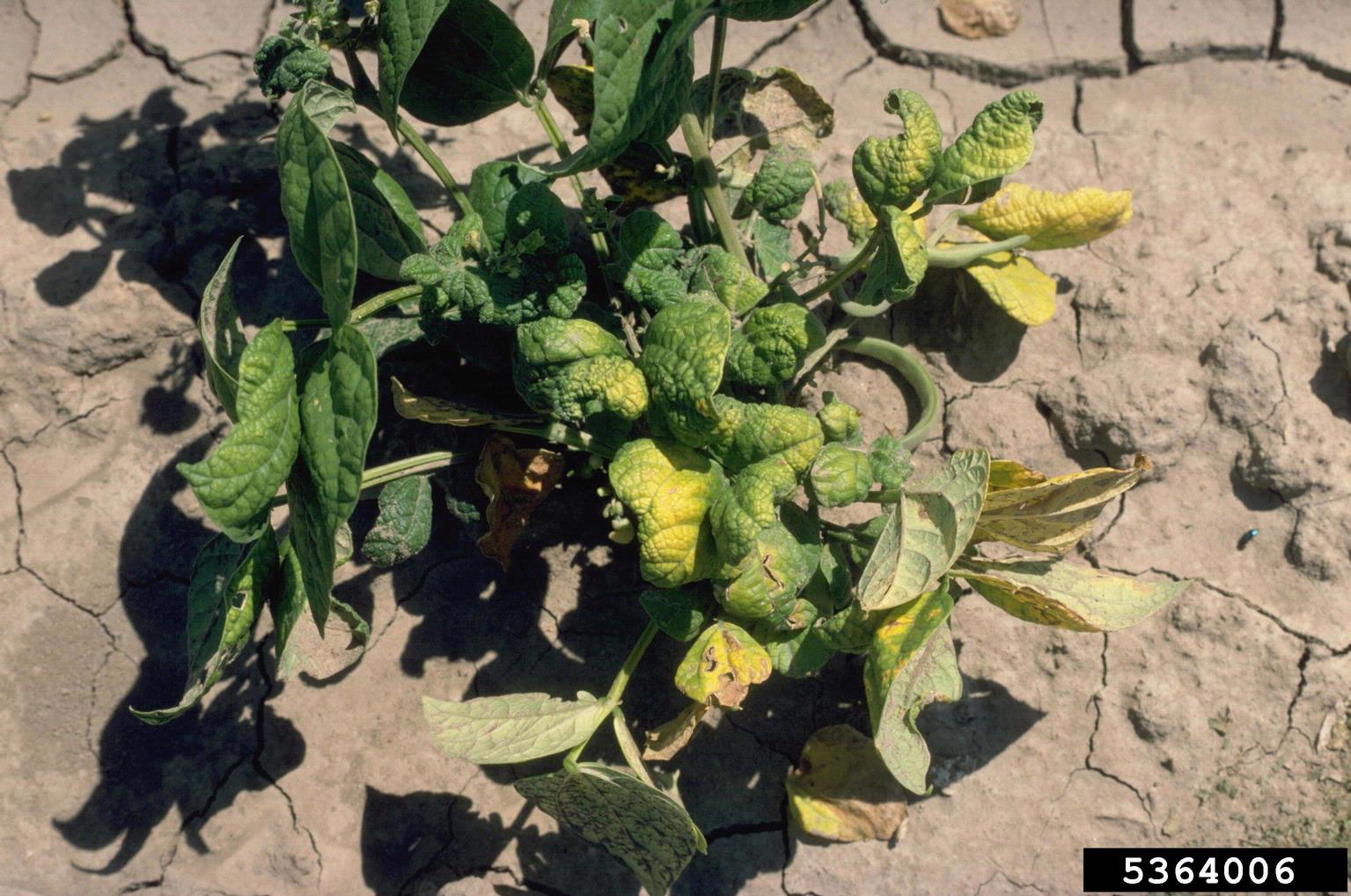Cowpea Curly Top Virus – Learn To Manage Southern Peas With Curly Top Virus


Southern pea curly top virus can leave your pea crop damaged if you don’t manage it. Transmitted by an insect, this virus attacks several types of garden vegetables and in southern pea or cowpeas, it can severely limit the year’s harvest.
Symptoms of Curly Top Virus on Southern Peas
Curly top virus is a disease transmitted specifically by the beet leafhopper. The incubation time of the virus in the insects is only about 21 hours, and that time shortens when conditions are warm or hot. The symptoms of the infection in plants like southern peas will begin to show up just 24 hours after transmission in hot temperatures. When the weather is cooler, it may take up to two weeks for symptoms to appear. The symptoms of cowpea curly top virus usually begin with stunting and puckering on the leaves. The name curly top comes from the symptoms the infection causes in the leaves of the plant: twisting, curling, and rolling. The branches also become distorted. They bend downward, while the leaves curl up. On some plants, like tomatoes, the leaves will also thicken and develop a leathery texture. Some plants may also show purple in the veins on the undersides of leaves. The infection is more likely to be severe and the symptoms more noticeable and widespread when the weather is hot. High light intensity also speeds the spread of the infection and worsens symptoms. High humidity actually reduces the disease, likely because it does not favor the leafhoppers. Low humidity will actually make the infection more severe.
Managing Southern Peas with Curly Top Virus
As with any garden disease, if you can prevent this infection, it’s better than trying to manage or treat the disease. Unfortunately, there is no good pesticide to eliminate beet leafhoppers, but you can protect your plants by using mesh barriers. If you have any weeds or other plants in the garden infected by the virus, remove and destroy them to protect your pea plants. You can also use vegetable varieties that are resistant to curly top virus.
Sign up for the Gardening Know How newsletter today and receive a free copy of our e-book "How to Grow Delicious Tomatoes".

Mary Ellen Ellis has been gardening for over 20 years. With degrees in Chemistry and Biology, Mary Ellen's specialties are flowers, native plants, and herbs.